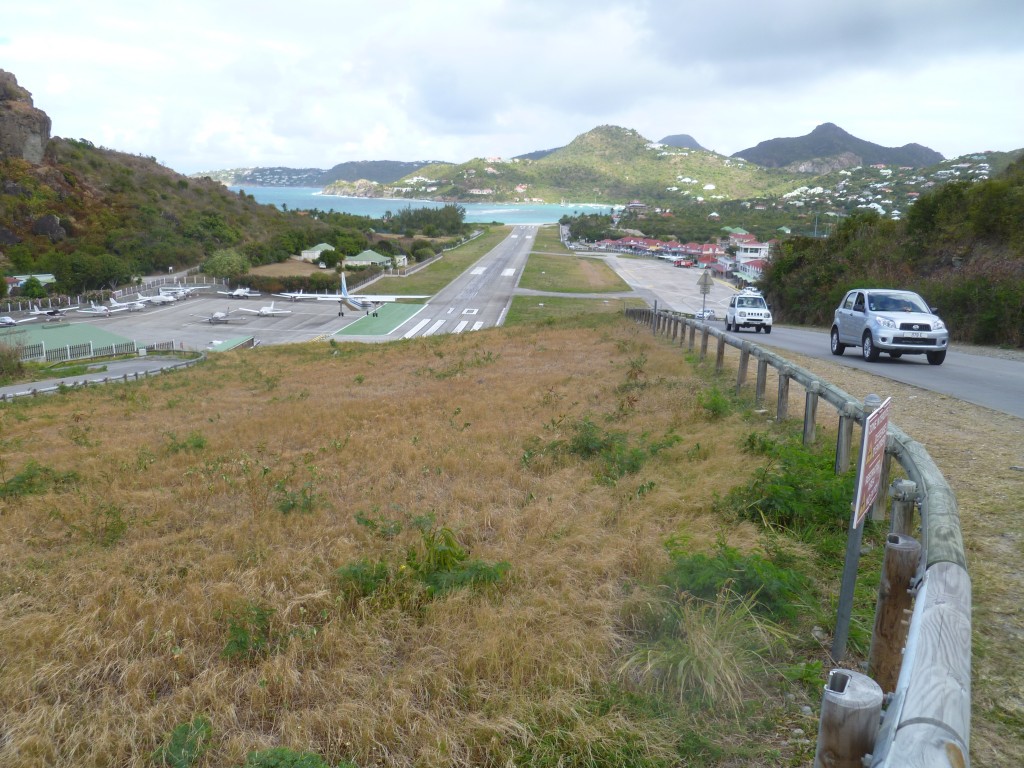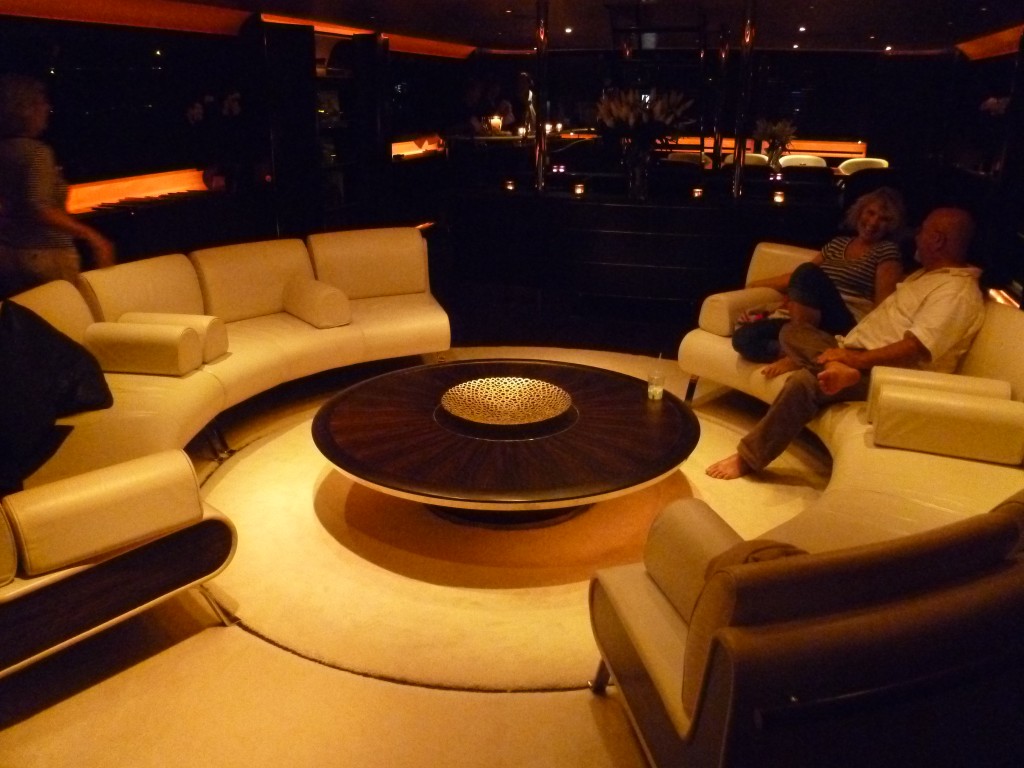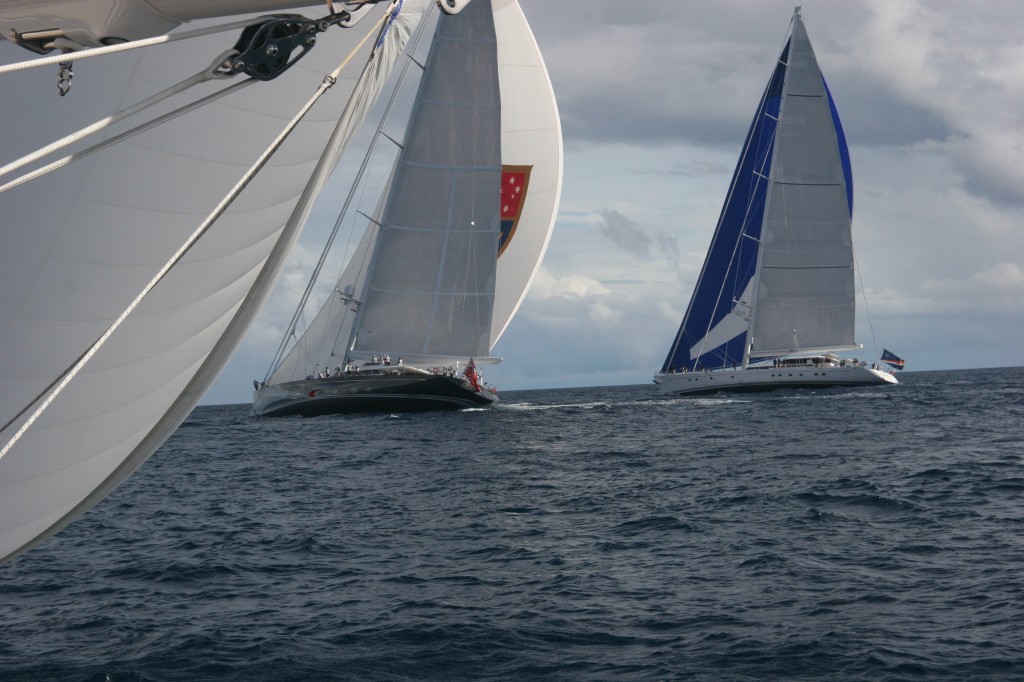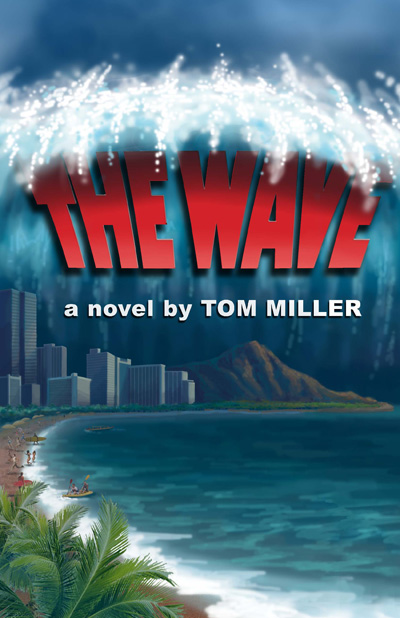Lisa and I are headed back to The Netherlands. We need to see how the work on Rabelo is coming, and purchase the myriad of items we still require. But first we are going to St. Barths in the Caribbean where I will be racing on my friend’s sailboat, Symmetry. This will be the sixth time I’ve had the privilege of racing on Symmetry in the St. Barths Bucket. While most people have never heard of the “Bucket” it is without question the greatest spectacle in sailing on Earth. This year there are 47 boats in the race that average 140 feet. At 96 feet, Symmetry is the second smallest boat.
For this trip we checked two bags each that weigh 50 pounds plus a carry-on that also weighs 50 pounds. That’s 300 pounds of luggage! Almost everything we have is for Rabelo. Lisa even has china in her carry on left over from the original owner that built Tigre Rose. We land in St. Maarten and then take a ferryboat to St. Barths. The airport is way too small for large aircraft. In fact the approach into St. Barths is somewhat infamous. Unfortunately pictures don’t do it justice, but I thought I would include one to give you an idea. Better yet check it out on YouTube.
We typically race with a crew of around twenty. We’re all amateurs, and yet some of the boats we will be sailing against have professional crews. It’s a great group of guys to sail with, and we always have fun, but racing is racing. Even though the Bucket is considered to be a gentlemen’s race everyone takes it seriously especially some of the bigger boats that fly their crews in from all over the world.
The Bucket consists of three races and four parties. I’m not sure which is more important. During the race my position is the starboard primary winch. It’s a great job, but I’m exhausted after each race. Don’t worry, I’ll somehow manage to make it to the after race parties. My favorite party is the one where they open up the boats to the other crew members. To step onto these incredible works of art is a treat, and can only be beat by the drinks and hors d’oeuvres that we are served as they welcome us aboard.
Last year we took second in class and second overall, which was pretty impressive considering our amateur status. We would obviously like to do as well this year.
For the first race we have a good start and our boat speed is good. Pretty soon we are out in front. It’s a thrill to see those magnificent spinnakers blossoming behind us. We sail down the North side of the island heading for the leeward mark at over 10 knots. There’s a squall hanging over the mark, or at least where we think the mark should be. The wind is getting lighter as we get closer, and it is getting darker. Pretty soon it starts to rain. The wind has almost died and the boats behind us are catching up. I can’t believe how hard it is raining. Visibility has dropped below 100 yards, as I trim the spinnaker. The water coming off the 3,000 sq. ft. mainsail is like a raging river, and then I hear thunder. I hate lighting. Our 135 foot mast is nothing more than a giant lightning rod.
-Tom Miller
MAY











About the Author:
Tom Miller graduated from the University of Southern California with a Bachelor of Science in Geology. He is a consummate adventurer with over 1,000 dives as a recreational scuba diver, and an avid sailor who has traveled 65,000 miles throughout the Pacific including the Hawaiian Islands. Miller has also cruised the canals of Europe on his canal barge and given numerous lectures on cruising the canals of Europe, as well as sailing in the South Pacific. Piloting is also an interest of Miller's, and He has completed over 1,000 hours flying everything from small Cessnas to Lear jets.